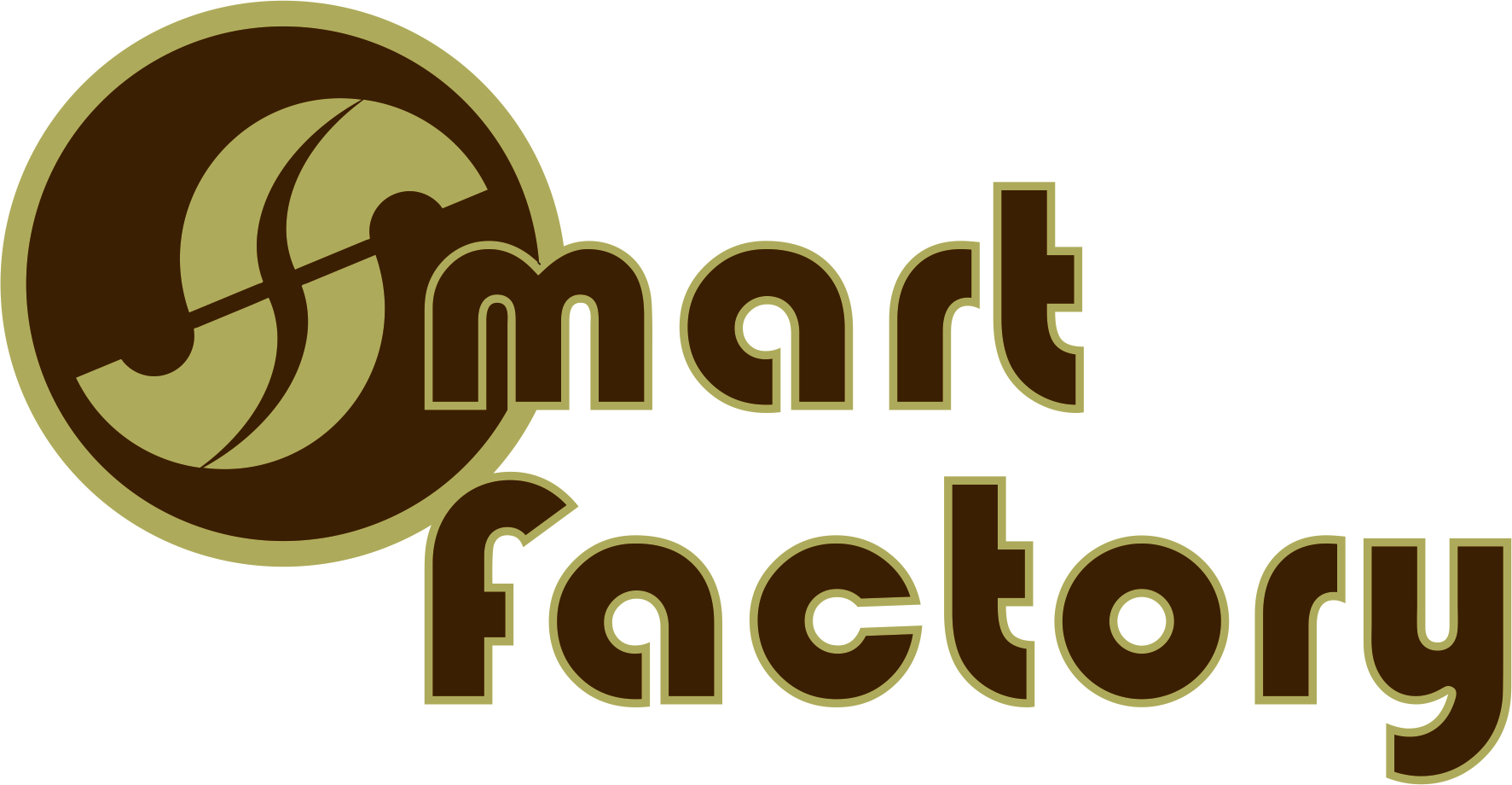The global computed tomography (CT) market is nascent and has a growing part of the industry life cycle. CT is progressively recognized as a promising solution for quality control and, therefore, several OEMs and research organizations are currently participating in the added development of CT systems and broadening their application in the market. In industrial applications CT has been used for non-destructive analysis of faults and inspection of interior surfaces, or parting surfaces of assembled parts. Compared to Coordinate Measuring Machines (CMM) or optical measurement systems, CT technologies have the unique capability to conduct analysis and measurements of internal and external structures with micrometer precision and capture the unknown outlines of specimens, such as cavities.
Frost & Sullivan has recently conducted research in the field on CT metrology and its findings indicate that the total CT metrology market reached $85.2 million with 213 unit shipments sold in 2014. Researchers predict a sustained single digit growth picking up to a 4.9 percent compound annual growth rate (CAGR) over the period of 2015–2019. GE Measurement & Control Solutions, YXLON International GmbH, Carl Zeiss Industrial Metrology LLC, Nikon Metrology, Inc., Werth Inc, and Wenzel and North Star Imaging are the top leading participants in the global CT dimensional metrology market in terms of market share. In 2014, 51.2 percent of total revenue was generated in Europe, while the largest adopters of CT metrology solutions were Germany, Japan, and the United States.
The requirements in terms of precision and reliability of more complex parts required under high temperature in the aerospace industry are extremely high and therefore, technologies such as 3D X-ray inspection will find an increasing breadth of applications. Customers are looking for systems that enable inspection of large components in a single run. Many companies provide general purpose CT technologies which are only applicable to low-density materials. However, in the aerospace industry, leading companies need to build their current capabilities to support nickel-based superalloys. Finally, due to the miniaturization of electronics, the connectors are becoming smaller and highly integrated. The electronics industry will benefit enormously from CT technology for supporting the required interfaces.
Requirements for CT Technologies Development
- Improved Accuracy and Image Quality
- Inspection of Multi-material Components
- Inspection of Large Components
- Automated Workflow
- Improved Speeds
- Improved Throughput Time
To sum up, CT technologies will change the metrology industry for two main reasons: the speed of the scanning activity and the accuracy that is achievable with CT technologies. Accuracy will be more effective than competing technologies. There is a clear need for solutions that can enable the inspection of objects with complex inner and outer structures. However, with technical limitations still persisting and the high-cost of CT systems, the adoption is expected to be limited to certain application areas. The industry will work together and overcome some of these technical challenges to revolutionize the dimensional metrology space capturing market share or replacing conventional technologies, such as coordinate measuring machines and other 3D scanners.
Information prepared on the basis of Frost & Sullivan, 2016


